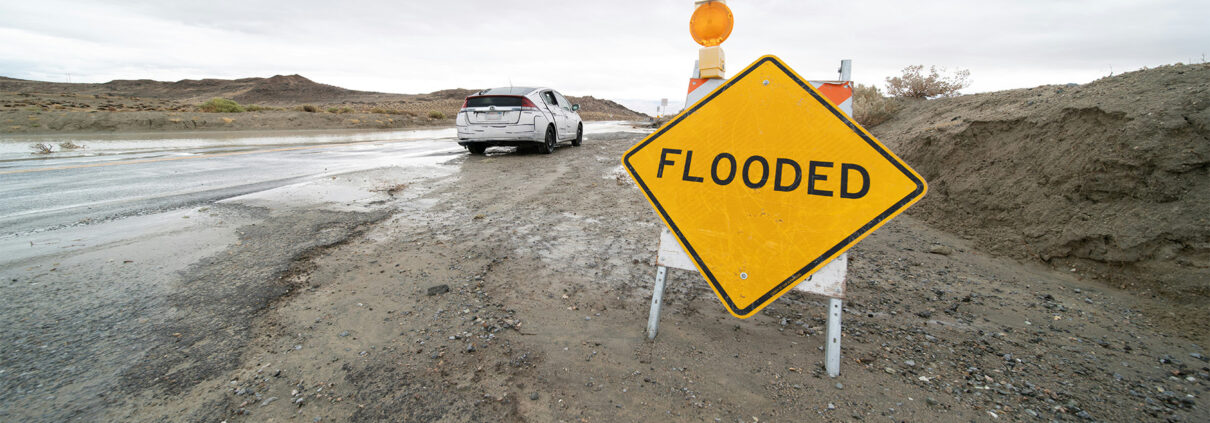The second annual Global Sustainable Insurance Summit convened on May 19th and 20th in vibrant Long Beach to continue the work of elevating the role of insurance in national and international climate dialogues. Co-hosted by the California Department of Insurance, Ceres Accelerator, and the Environmental Defense Fund, this international multi-stakeholder event drew over 200 participants to discuss closing insurance protection gaps and bolstering climate resilience.
Kiya and I had the privilege of joining this influential gathering, set against the stunning backdrop of where the Los Angeles River meets the Pacific Ocean. We engaged with and learned from global experts as they delved into a diverse array of topics, including accessibility and affordability, leveraging data, innovation, and technology for building resilient communities, and global innovations and challenges to insurability. Discussions spanned many perils, including flood, fire, and hurricanes.
Throughout the two-day summit, a few prominent themes stood out to me, including:
- • The Critical Need for Public-Private Partnerships: This was a key theme, highlighted across multiple panels as essential for closing protection gaps, strengthening climate resilience, and addressing the escalating costs and complexities of catastrophe risk.
- • Enhanced Risk Understanding and Data: There’s a need for better risk science, and comprehensive risk assessments at local and national levels with a climate change lens. This includes incorporating nature into risk models and developing user-friendly data tools for both the public and government audiences.
- • Closing Protection Gaps A major focus was on populations and perils that remain uninsured or underinsured globally, particularly in vulnerable regions and for low-income households. Microinsurance and parametric insurance were frequently discussed as innovative solutions to expand coverage.
- • Innovation in Products and Regulatory Frameworks: The summit emphasized the need for a wider array of insurance products, including parametric solutions, and a re-evaluation of regulatory environments to remove hurdles for these innovations.
- • Cohesive Risk Management: Comprehensive risk management strategies are needed, such as strategically layering insurance while proactively reducing risk (e.g., through land-use planning, building practices) is more cost-effective and crucial than simply rebuilding after disasters.
- • Communication of Risk: There’s a recognized need to improve how risk is communicated to the public and governments, moving beyond just increasing premiums to providing actionable information and resources that empower communities to understand and mitigate their risks.
- • Integration with Nature-Based Solutions. The importance of nature as infrastructure for risk reduction was a significant takeaway, with calls for creating permitting structures and enabling conditions to facilitate the transition to nature-based approaches.
Reinvigorated and brimming with ideas from the summit, OST continues to explore how science can propel California toward coastal solutions at the nexus of insurance, nature, and coastal resilience.




